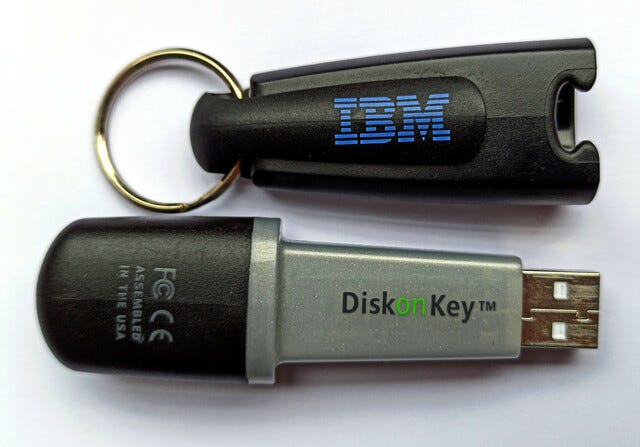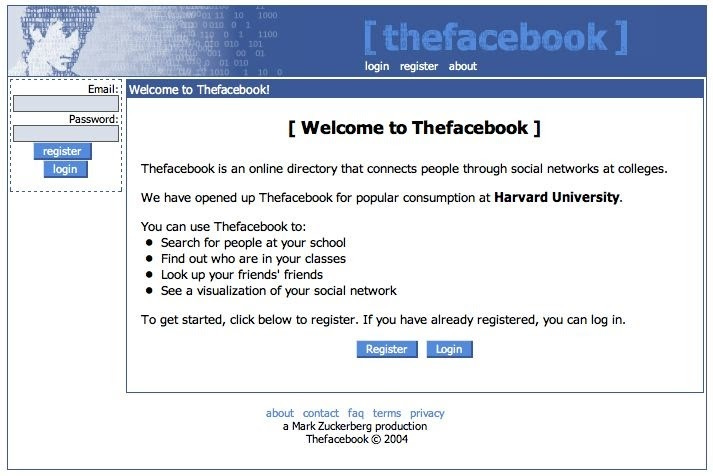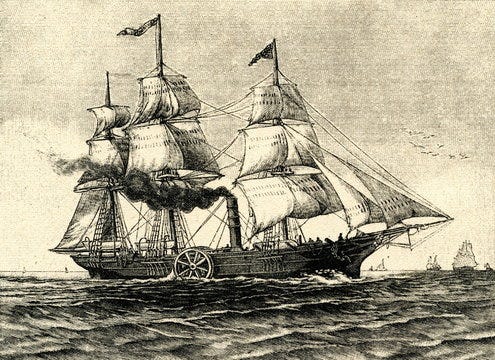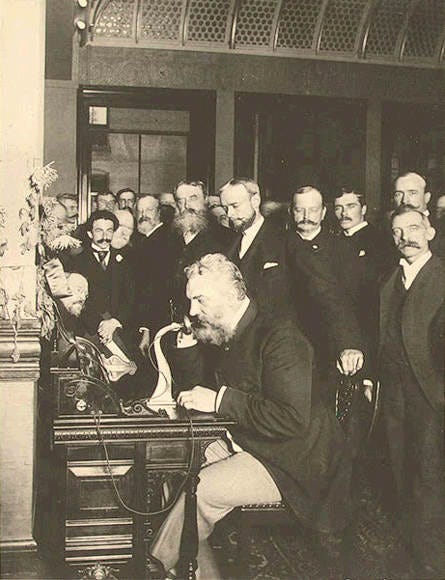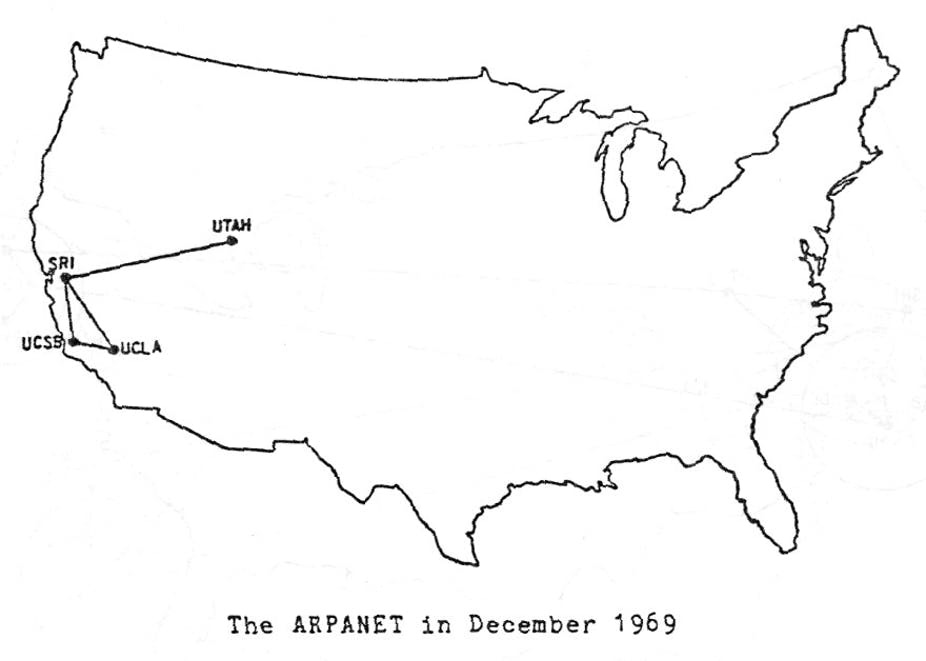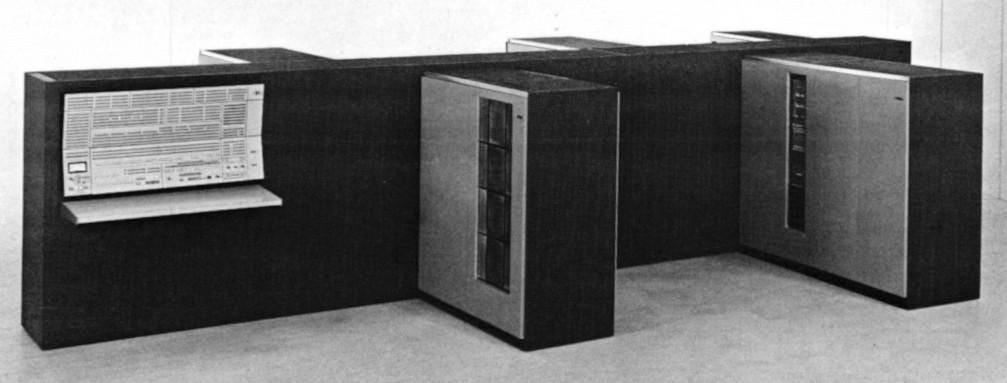The Evolution of Technology - Part 1 📰☎📺
Throughout history specific inventions changed the structure of society.
The 21st Century
At the turn of the 21st century many thought the cosmic calendar would bring with it the end of the world.
Westerners in particular, -who enjoyed several decades of post war economic prosperity, were haunted by the coming year 2000. The great physicist and mathematician Isaac Newton even speculated that the world would end with the year 2000 (Although adjustments brought that number to the year 2060).
They thought the modern computer (many of which had been shorthand coded to include only the last two digits of the year “19XX”) would cause a global disruption in communication, financial markets, and transportation and logistic networks.
Instead, the final 24 hours concluded a millennium of human accomplishment, and a century of murderous global conflict.
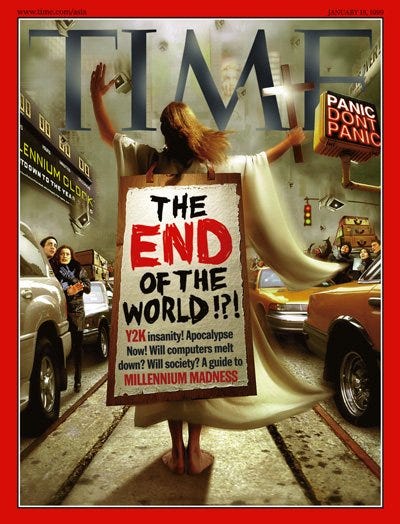
The Growth of the Internet
Rather than the end of the world, the turn of the century brought with it the seedlings of what would blossom into mighty technology company behemoths.
Seeds like:
Microsoft’s Windows Operating System in 95’,
Google’s PageRank algorithm in 96’,
IBM’s DiskOnKey (the first flash drive) in 2000,
Skype’s web enabled telecommunication in 2003,
Facebook’s the Wall, a new way to socialize, in 2004,
And Apple’s iPhone, the foundation for the modern smartphone, in 2007
It brought a whirlwind of headlines, flashy social feeds, and exhaustive disruptive notifications vying for our attention.
For someone like me, -a 25 year old who barely experienced life without “the device”, it’s hard to understand just how dramatic these changes are.
Above all, the turn of the century brought with it speed.
Today everything from communication to transportation, and specifically innovation, -everything is speeding up.
In the last twenty years the technology sector has overtaken global markets. Below you can see the top ten largest publicly traded companies by market capitalization. Combined, these ten companies make up more than 10% of the global economy.

The World is Speeding Up
It’s easy to forget that in our jet-setting, instant messaging, global community, that for most of human history people were stationary. The world wasn’t quiet as big as it is today.
Life moved at a slower pace.
For example, up until about 200 years ago the majority of transportation was powered by either animals or the wind. It wasn’t until 1818 that the first steam powered vessel, the Savannah, crossed the Atlantic.
In the late 1800s, a trip from New York to Chicago was four weeks by stagecoach.
A few decades later, by copying British railroad technology, the United States began outfitting the northeast with an expansive railroad network. With trains, the travel time was reduced to ~four days.
By the time the commercial airplane industry reached some stability in the mid 1960’s, about 100 million passengers had taken to the sky and the trip from New York to Chicago shrunk to just 4 hours!
News Travels Fast as Lightning
Where did people get their news before Tiktok and Facebook😅?
The first newspapers gained popularity in Germany in the 16th Century. And radio broadcasting started commercially in 1920.
And while television was invented shortly after in 1927, it didn’t gain popularity until a few years after the end of World War II in the late 1940’s. And that’s just for large audiences.
In 1830, Samuel Morse integrated the Morse code in telegraphy technology which revolutionized long-distance communication. In 1844, Morse sent his first telegraph message.
The telegraph was then quickly replaced by the telephone which was invented by Scottish Alexander Graham Bell in 1876.
It wasn’t until the late 1950’s, until after the world wars, that global competition would drive one of the most disruptive technologies the world had ever seen.
In response to the Soviet’s launching Sputnik in 1957, President Eisenhower created the Advanced Research Projects Agency (ARPA) in 1958.
(D)ARPA would go on to develop the predecessor to the most important technology of the modern era.
The Arpanet, which started with just four computer terminals in 1969, was decommissioned in 1990 after partnerships with the telecommunication and computer industry had assured private sector expansion and future commercialization of an expanded world-wide network, known as the Internet.
Standing on the Shoulders of Giants
Today we live in the “Information Age”. We have access to information that would confound people just one lifetime ago.
We are living in a modern miracle.
Dr. Michio Kaku, the famous Physicist best known for cofounding string field theory, has been quoted on the topic,
“Today, your cell phone has more computer power than all of NASA back in 1969, when it placed two astronauts on the moon.”
Those computers also cost about 3.5 million each and weighed the same as a small car.
In theory, we have the equivalent of the library of Alexandria or the library of Congress in our pocket. We can ask any question and instantly receive a multitude of answers.
Our cellphones are more than just telephones, and they’re more than just computers too.
They’re a fax machine (sms), a GPS, a voice recorder, a digital watch, a portable music player, the worlds greatest encyclopedia, a radio, a video game console, a portable television, a film and video camera, video conference, and they hold processing power equivalent to at least 20 million dollars 30 years ago.
Each of these devices would have been purchased separately just 20 years ago.
All this kind of makes you wonder…
How is all of this possible?
What inventions have had the greatest impact in history?
And what inventions matter today?
To answer these questions we need to review history. And we need to review what happened before recorded history.
For more on the evolution of technology and technology today, check out Part 2 next week!






